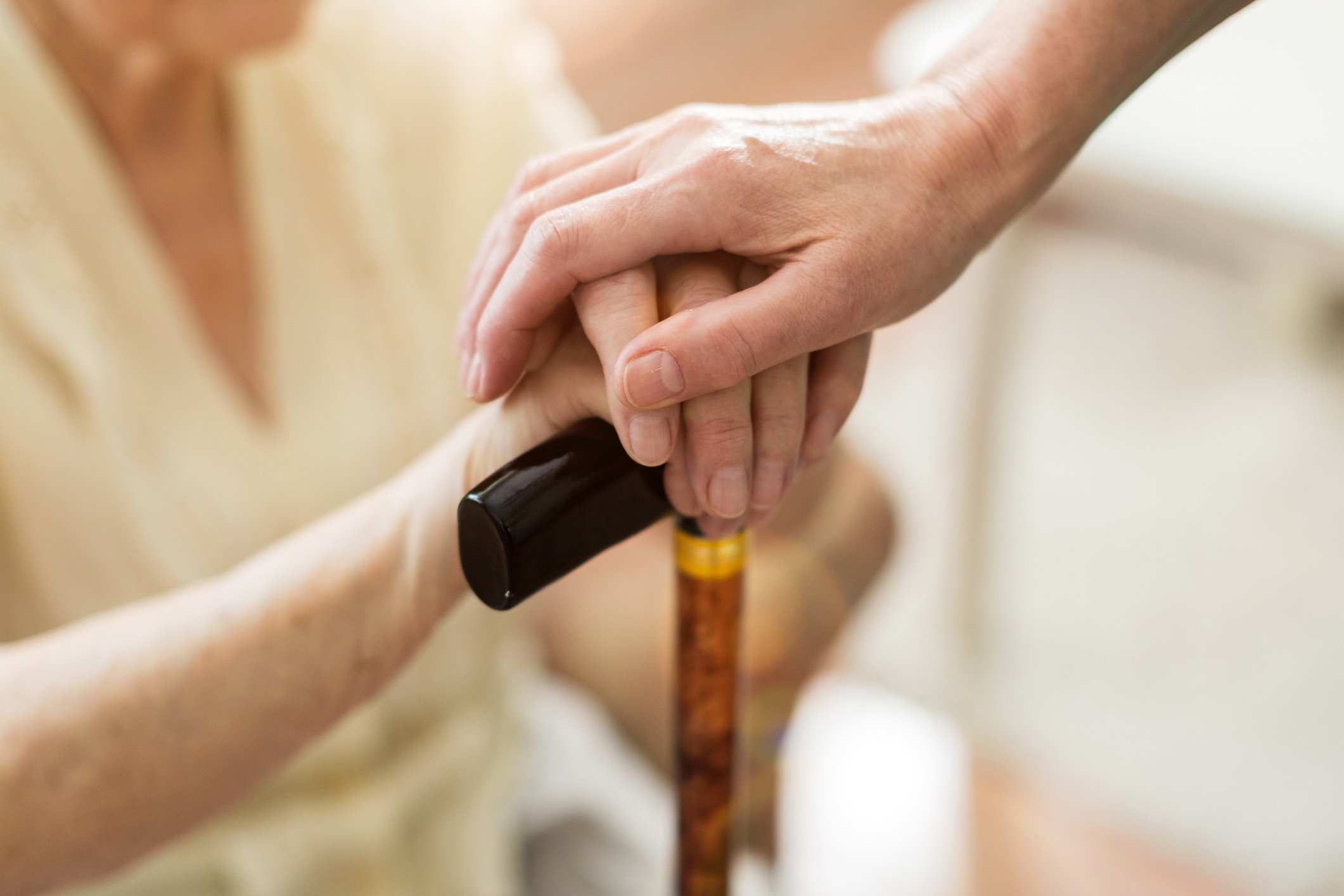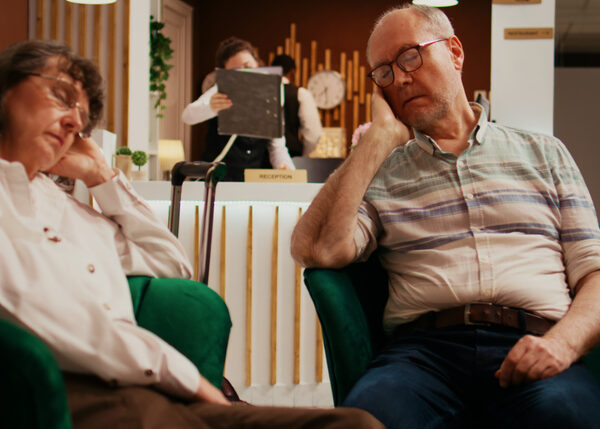The term frail is often used to describe the elderly and many assume it is something to expect in very old age. Being frail is a common geriatric problem that can increase an older adult’s risk for injury in a car accident of after a fall, but new research is hoping to redefine frailty not as a natural state for elderly people but as a medical condition.
According to a recent article posted on earth.com, a review of 46 studies including more than 120,000 adults over the age of 60 has helped to determine the likelihood seniors have to become frail in old age. According to research, published in the Journal of the American Medical Association Network Open, women over the age of 60 have a greater risk for developing frailty than men of the same age; and overall 4.3 percent of seniors 60 and up will become frail each year.
And as the number of seniors in the population swells worldwide over the next 20 to 30 years, the incidence of frailty among older adults will also soar. While there is no standardized definition of frailty, it is commonly associated with unintentional weight loss of more than 10 lbs over the past year, fatigue, weakness, a slow walking speed and low physical activity. Frailty increases the risk for falls, a poorer quality of life, disability, hospitalization and death.
Researchers believe that it is important to reframe frailty, not as a normal part of aging but rather something that can be screened for by a health care professional and slowed or reversed with physical therapy and strength training. As it’s own medical condition, apart from the natural effects of age, it is more likely that seniors will be prescribed activities that will slow the progression of frailty and enjoy a better and perhaps longer quality of life.
Learn more about the Australian study by following this link to the JAMA Original Investigation in Geriatrics.






Add Your Voice
0 Comments
Join the Discussion